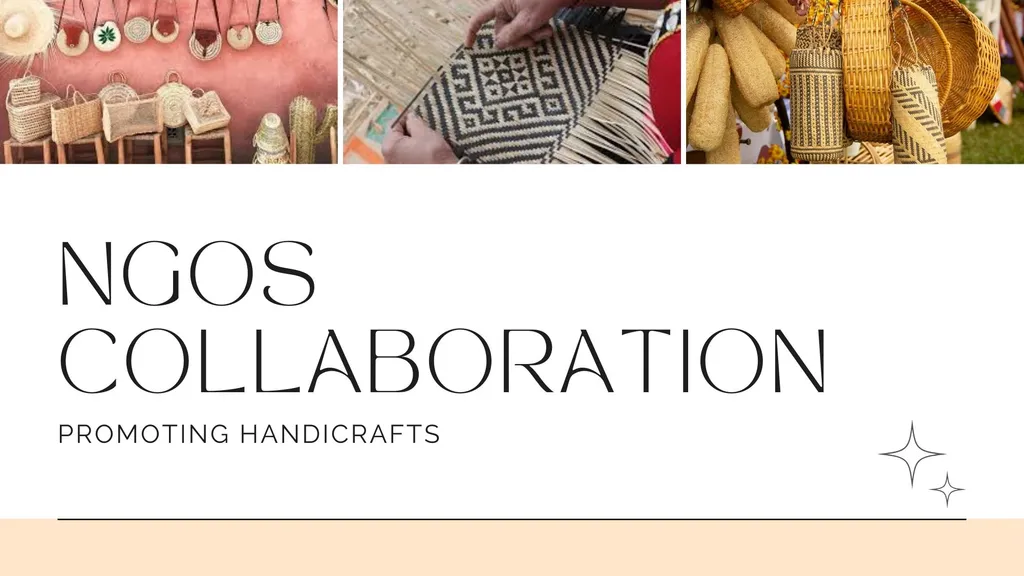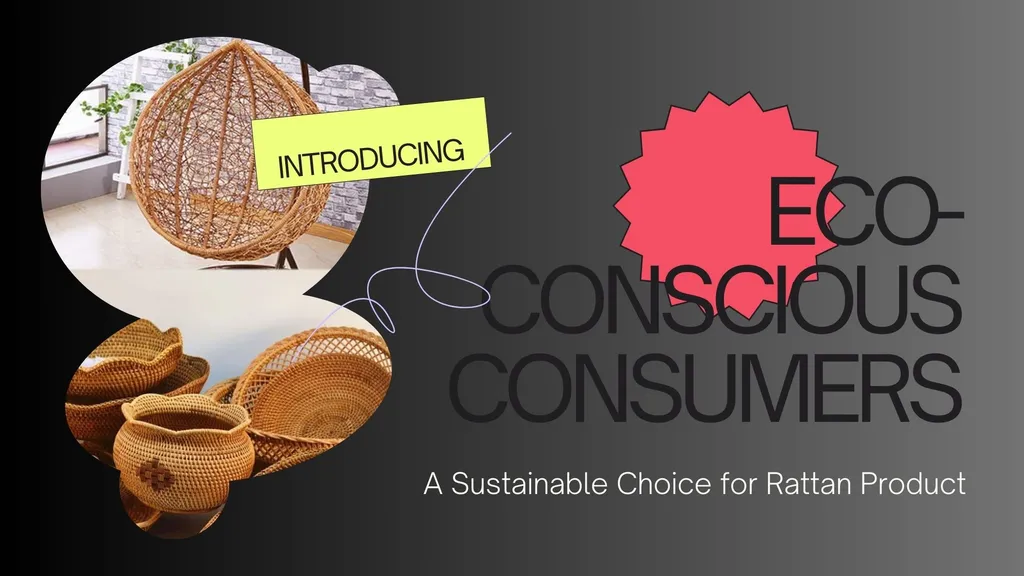Contents

In an era where ethical sourcing and sustainability shape consumer choices, non-governmental organizations (NGOs) play a vital role in promoting fair trade handicrafts. By connecting artisan communities with global markets, NGOs empower skilled craftsmen to preserve their cultural heritage while thriving economically. This article explores how NGOs drive fair trade in the handicraft sector, highlighting key strategies, success stories, challenges, and future trends.
The Role of NGOs in Fair Trade Handicrafts
NGOs serve as advocates and facilitators, transforming the handicraft industry by addressing economic challenges faced by artisans, especially in regions where traditional crafts risk fading due to industrialization. They ensure fair compensation, protect artisans from exploitation, and promote sustainable practices. Through training, market access, and policy advocacy, NGOs create a balanced ecosystem that preserves cultural art forms while enabling artisans to compete globally.
Core Principles of Fair Trade Handicrafts
Fair trade in handicrafts rests on five key principles:
Fair Pricing: Ensures artisans receive just compensation, improving livelihoods.
Transparency: Builds trust through clear communication between producers and consumers.
Empowerment: Engages artisans in decision-making and equips them with skills.
Environmental Sustainability: Promotes eco-friendly materials and practices.
Cultural Preservation: Safeguards traditional crafts as integral to community identity.
These principles guide NGOs in fostering ethical practices that resonate with today’s conscious consumers.
Strategies for Effective NGO-Artisan Collaborations
NGOs employ innovative strategies to support artisans:
Co-Creation Models: Blend traditional techniques with modern designs to enhance market appeal.
Capacity Building: Provide training in technical skills, business management, and marketing.
E-Commerce Platforms: Enable artisans to reach global markets directly, reducing reliance on intermediaries.
Storytelling and Branding: Highlight the cultural narratives behind crafts to connect with consumers.
Trade Shows and Exhibitions: Boost visibility and attract international buyers.
These approaches elevate crafts while improving artisans’ socio-economic conditions.
Challenges in Promoting Fair Trade Handicrafts
Despite their successes, NGOs face hurdles:
Market Access: Rural artisans often lack infrastructure to connect with global markets.
Quality Control: Meeting international standards requires extensive training and resources.
Balancing Profit and Purpose: Fair pricing can conflict with competitive market demands.
Cultural Preservation vs. Commercialization: Maintaining authenticity amid market pressures is complex.
Sustainability: Aligning eco-friendly practices with economic viability remains challenging.
NGOs address these issues through adaptive solutions and partnerships.
Impact on Local Communities
Fair trade handicrafts uplift communities by:
- Providing fair wages, reducing poverty, and enhancing living standards.
- Empowering women artisans, fostering gender equality.
- Supporting community development in education, healthcare, and infrastructure.
- Preserving cultural heritage for future generations.-
- Encouraging collaboration among artisans for shared resources and innovation.
These efforts strengthen community resilience and global market presence.
Tools and Resources for NGOs
NGOs leverage tools like:
- The World Fair Trade Organization (WFTO) is for networking and best practices.
- Capacity-building programs to enhance artisans’ skills and market readiness.
- Storytelling campaigns to engage ethical consumers.
- Digital platforms to expand market access and promote sustainability.
These resources amplify NGOs’ impact in fair trade promotion.
Future Trends in Fair Trade Handicrafts
Emerging trends include:
Digitalization: E-commerce platforms will further democratize market access.
Sustainability: Eco-friendly practices will align with consumer expectations.
Cultural Storytelling: Marketing will emphasize artisans’ heritage.
Community Empowerment: Artisans will take active roles in fair trade processes.
Global Awareness: Campaigns will highlight fair trade’s social justice impact.
These trends promise a vibrant future for fair trade handicrafts.
NGOs are catalysts for change in the fair trade handicraft sector, empowering artisans to preserve their cultural legacy while achieving economic stability. By overcoming challenges and embracing digital and sustainable practices, they pave the way for a brighter future. Companies like Ethical Handicraft Manufacturer (EHM) exemplify this commitment, partnering with artisans to deliver authentic, sustainable mây tre đan (bamboo and rattan) crafts to the world.





